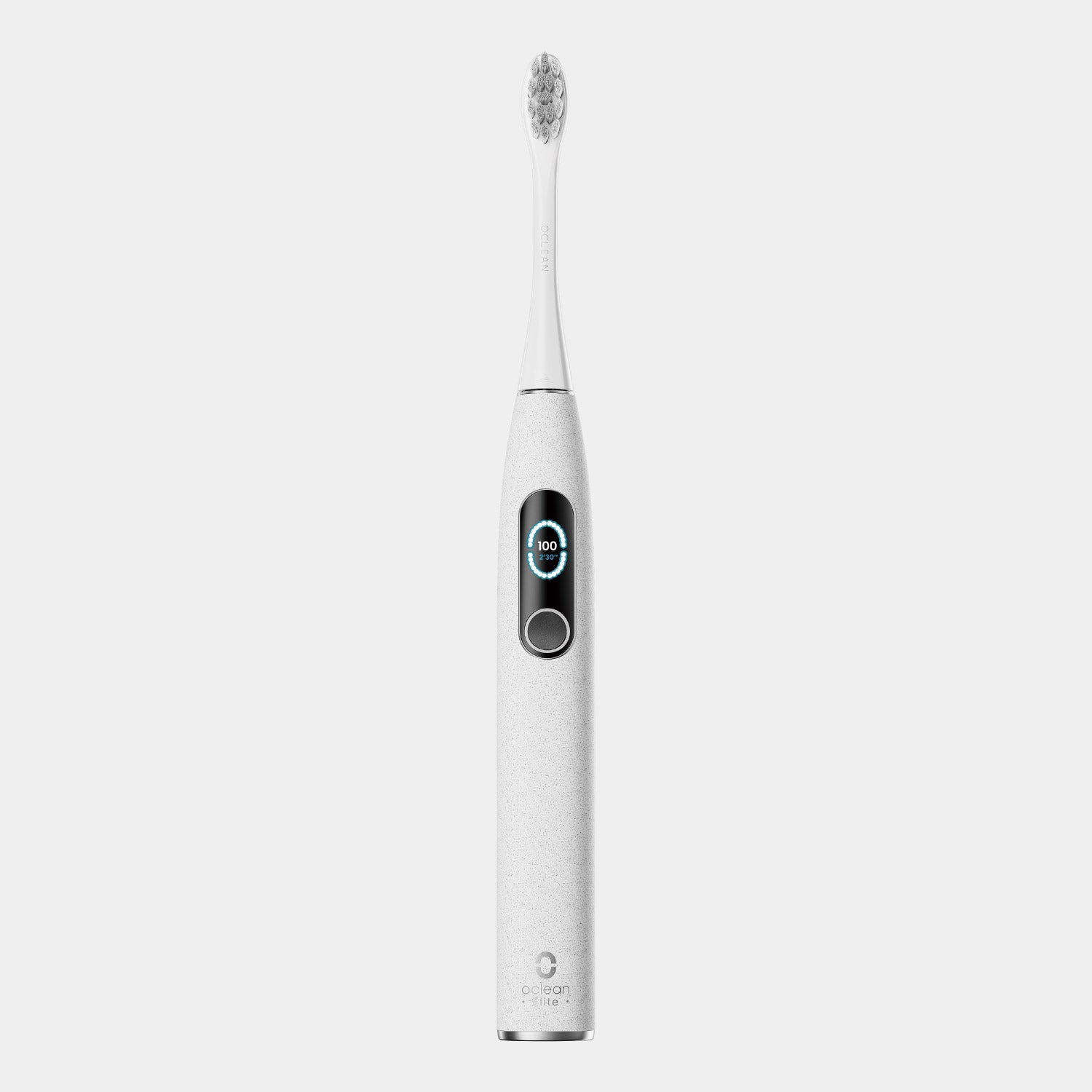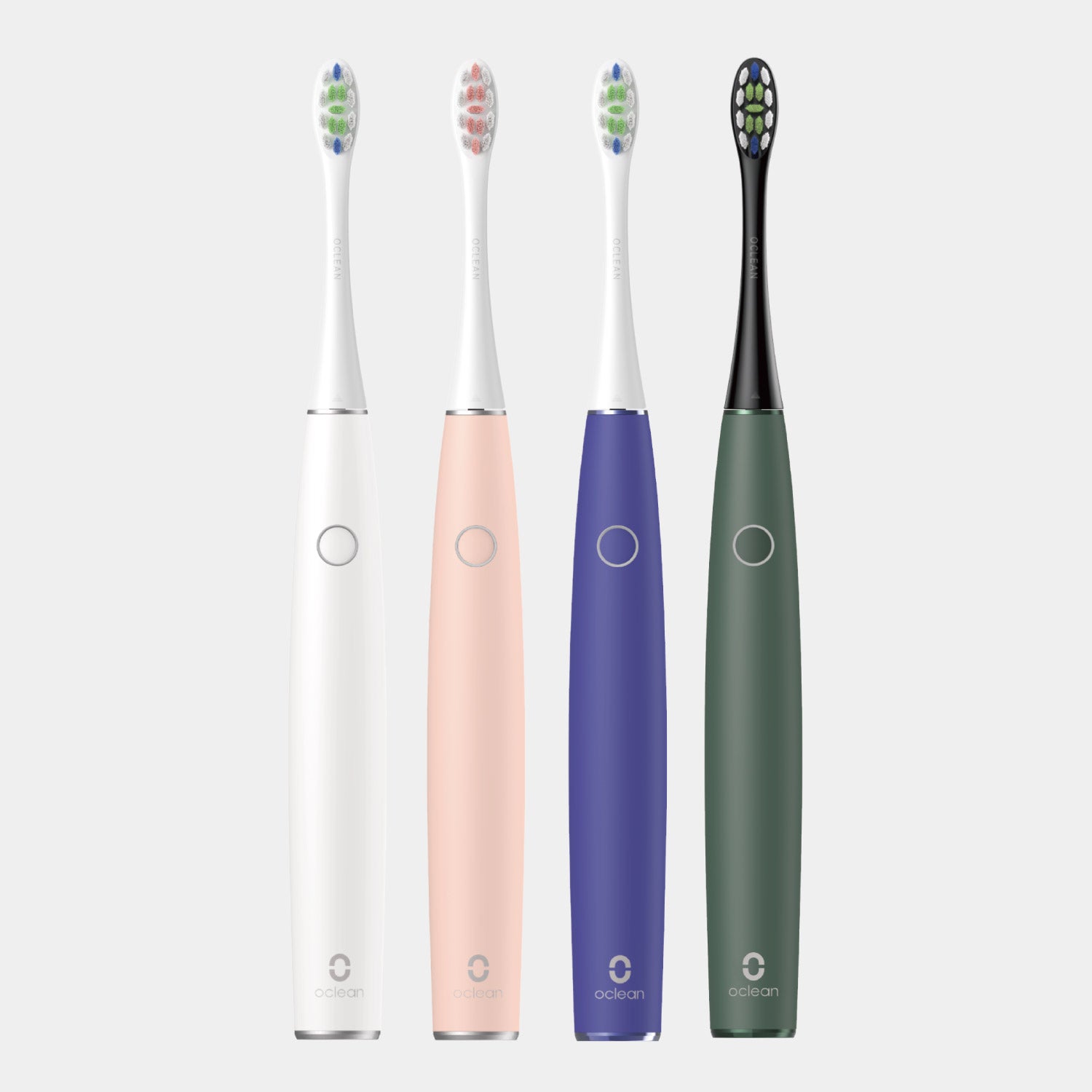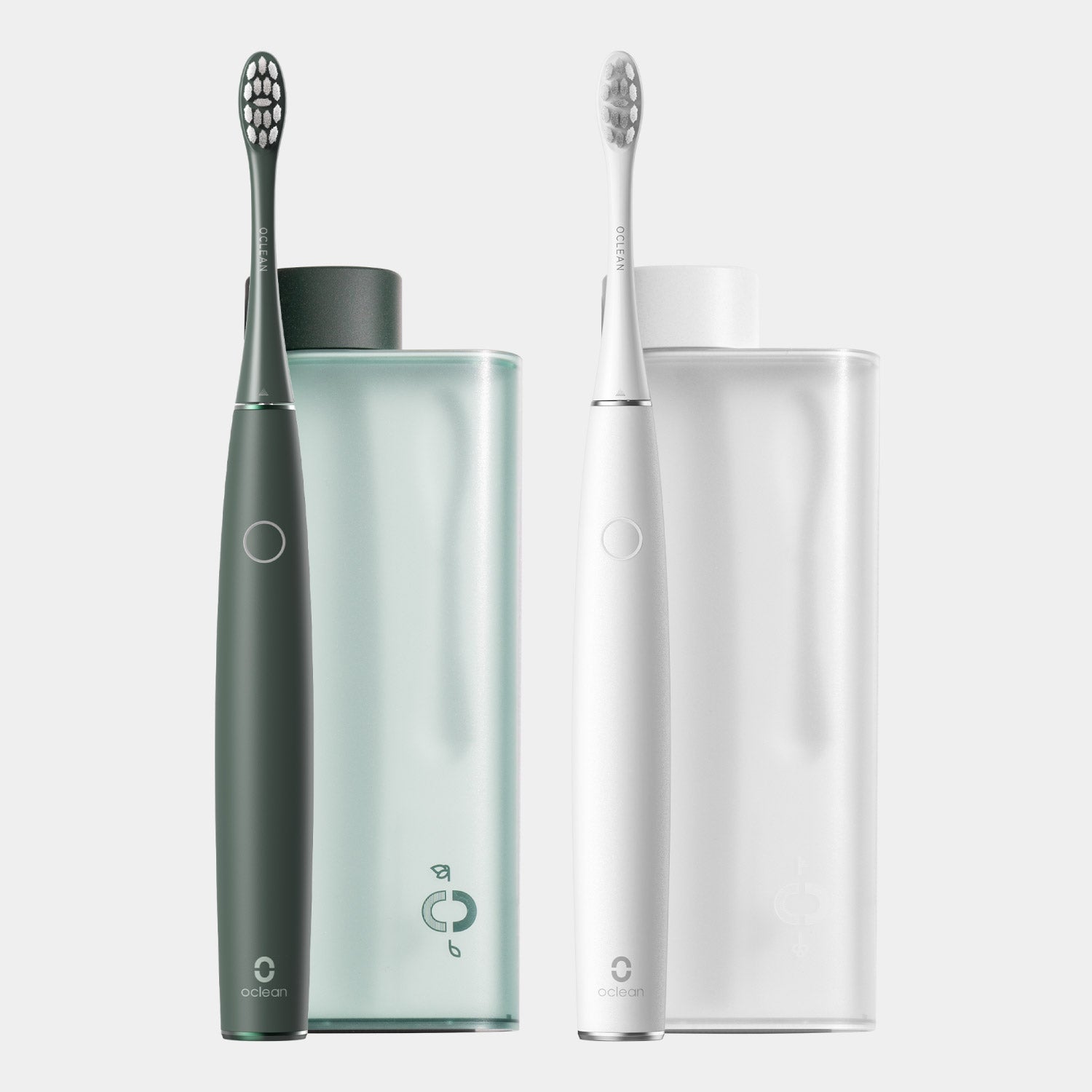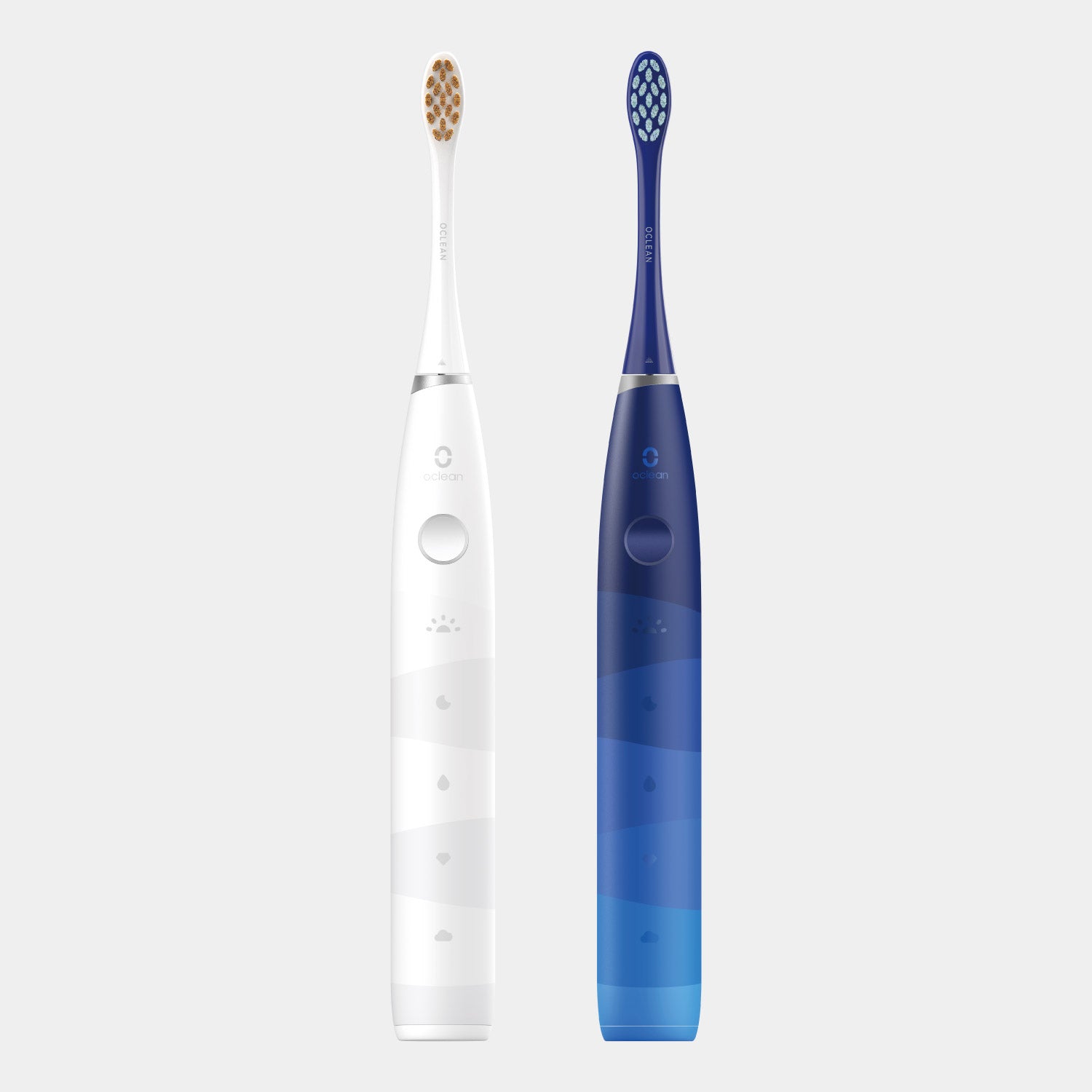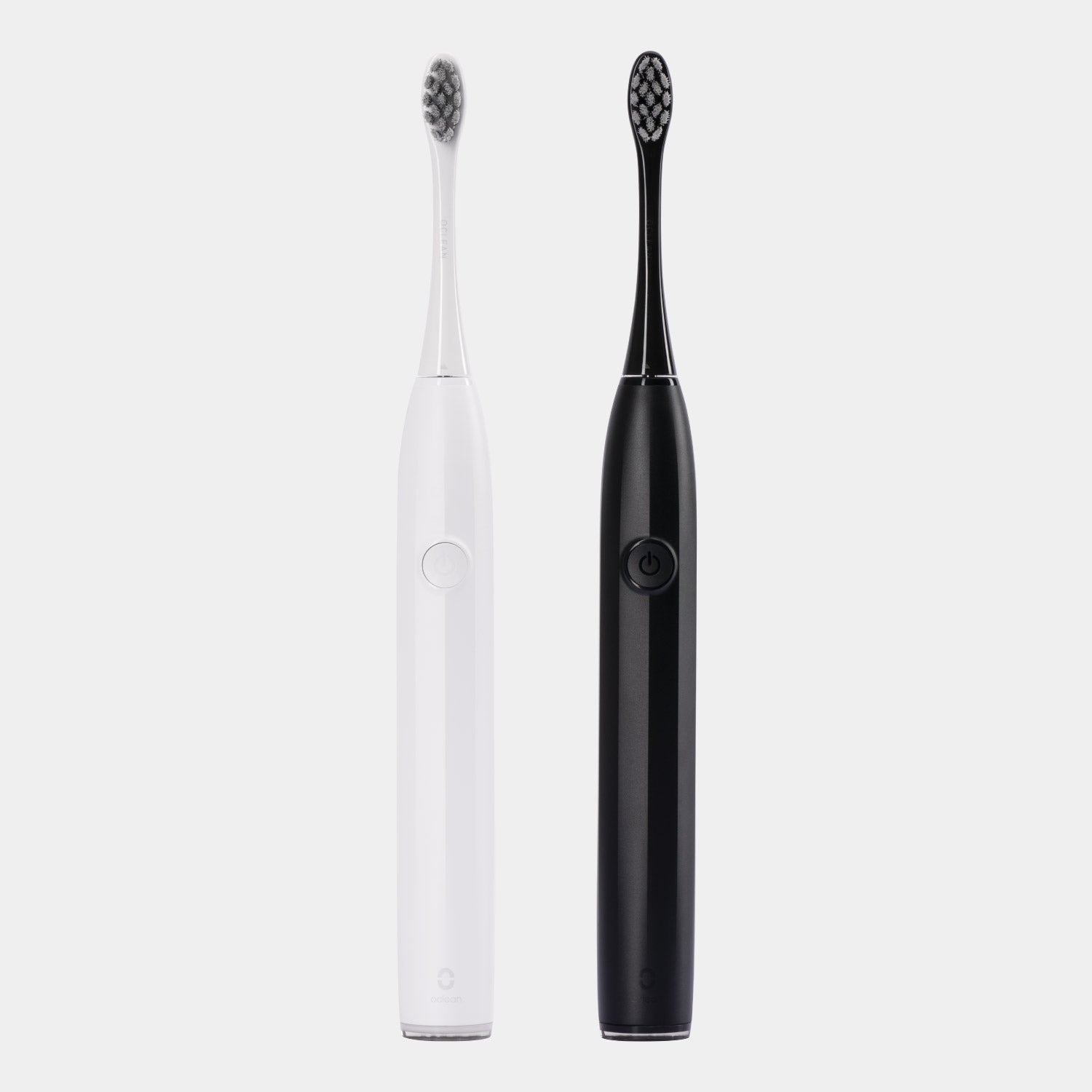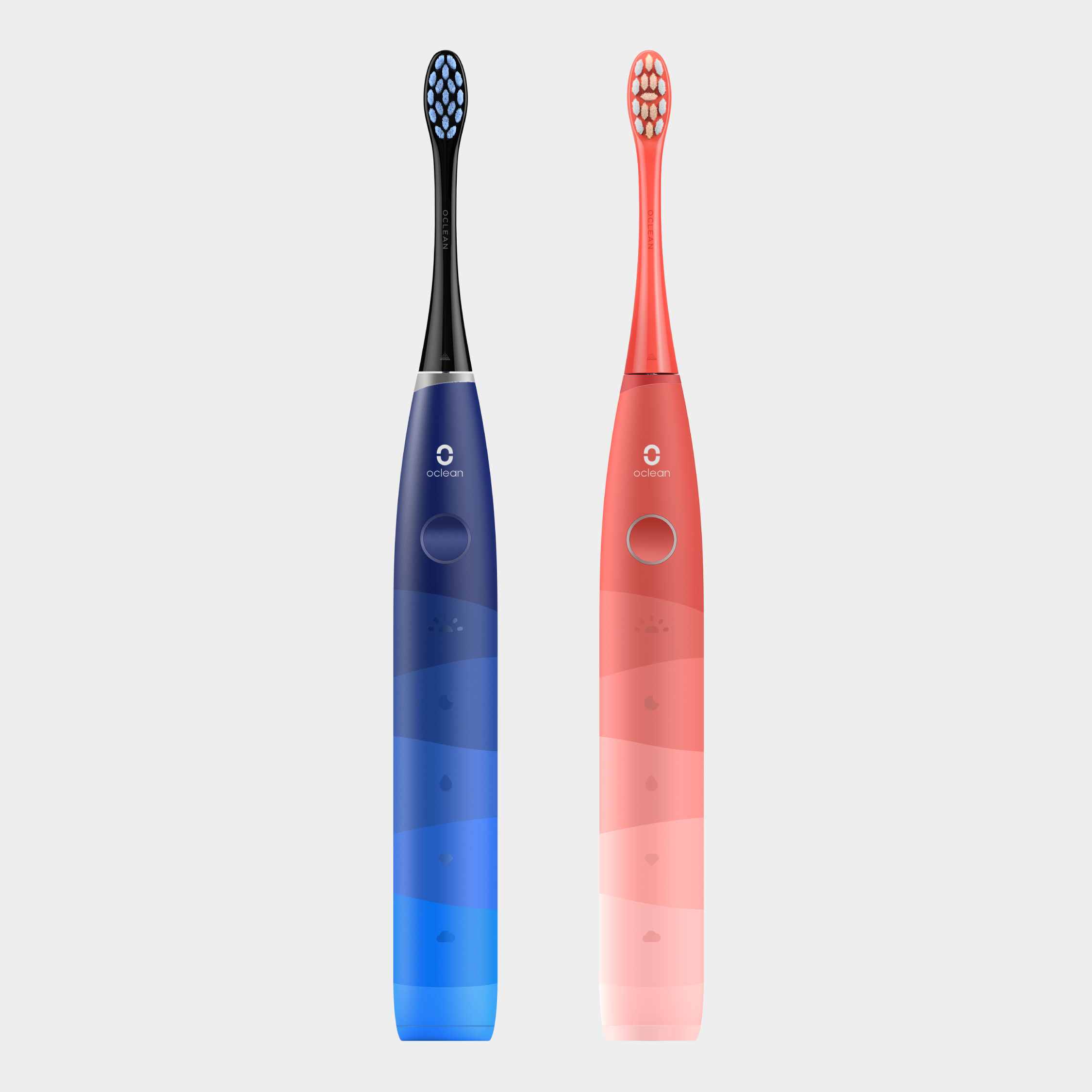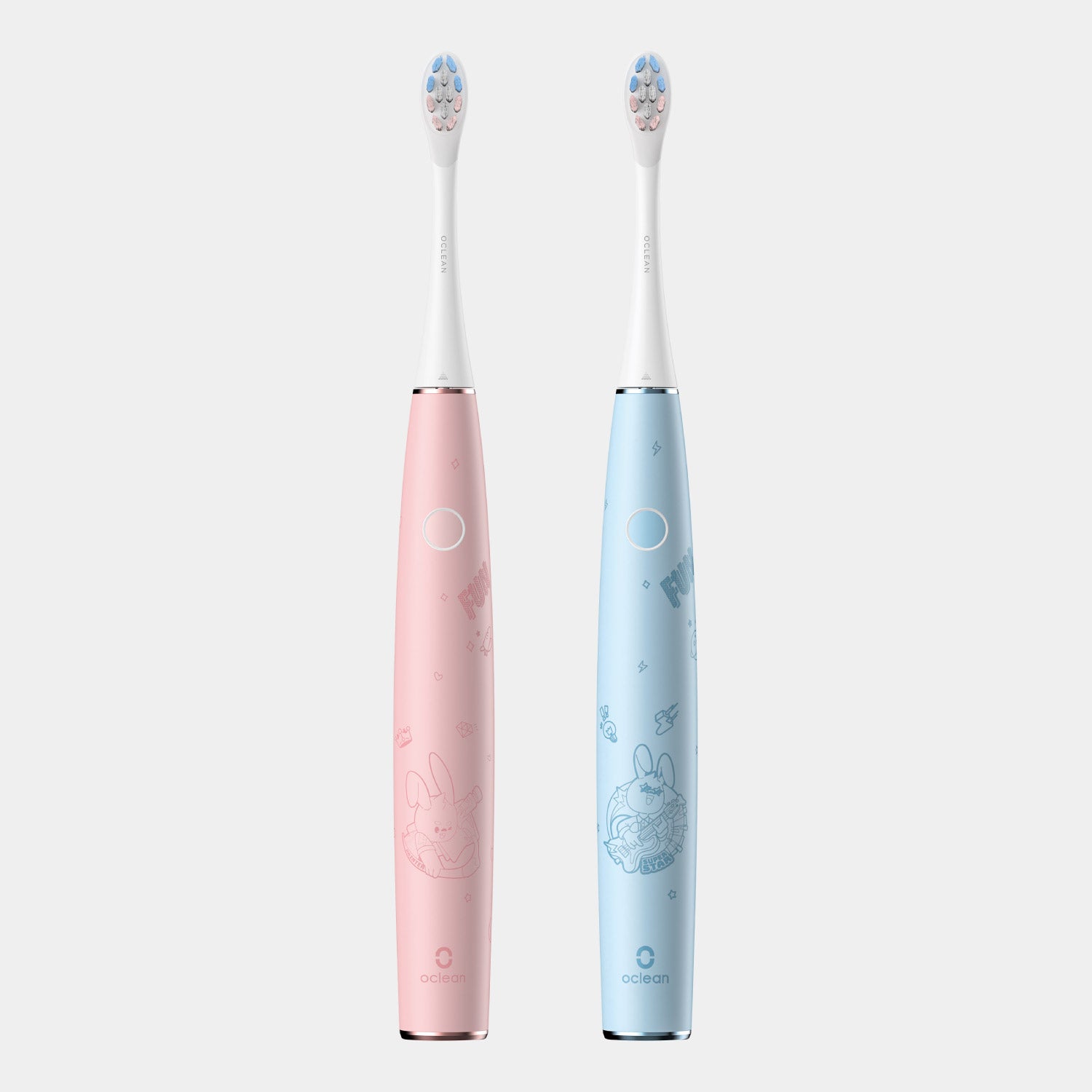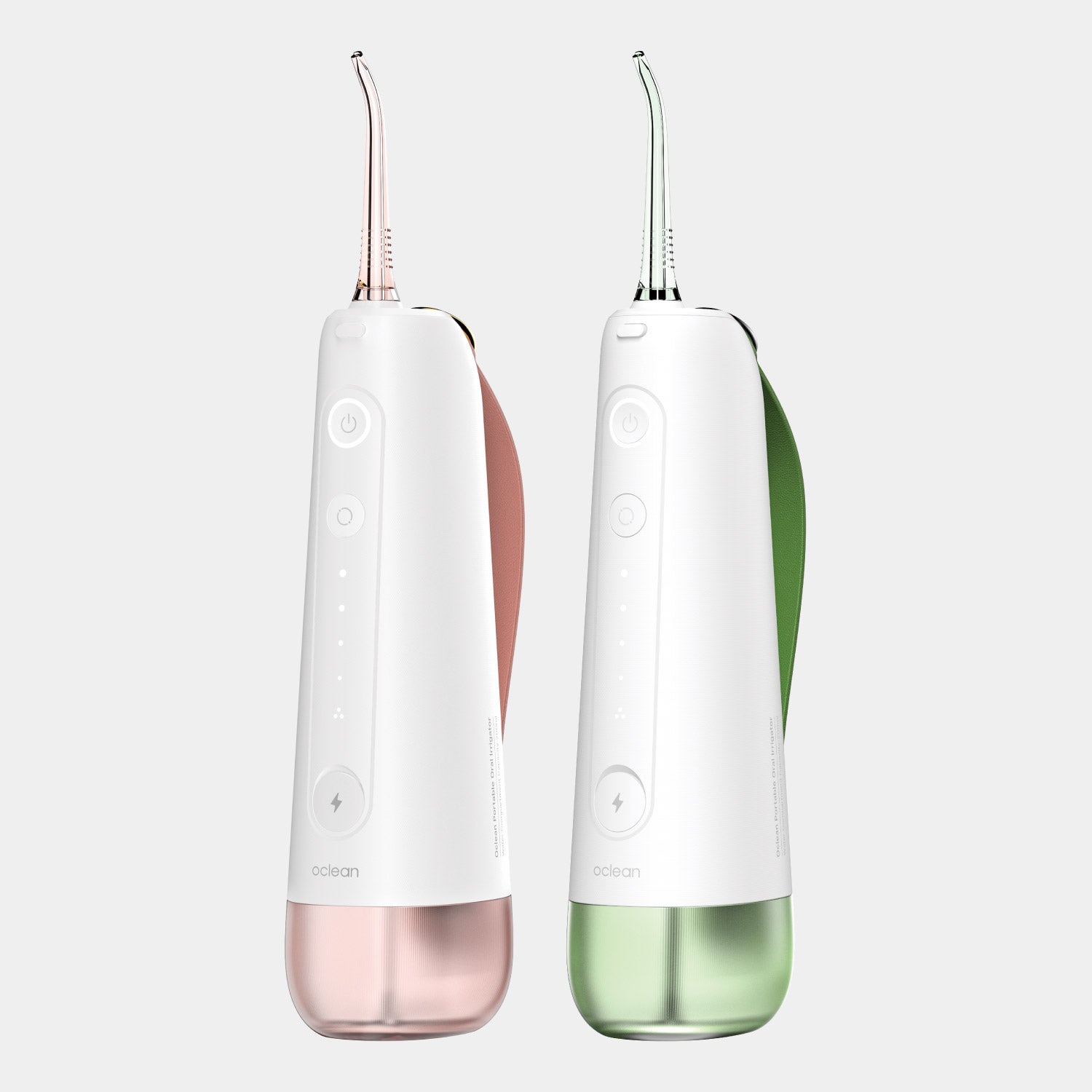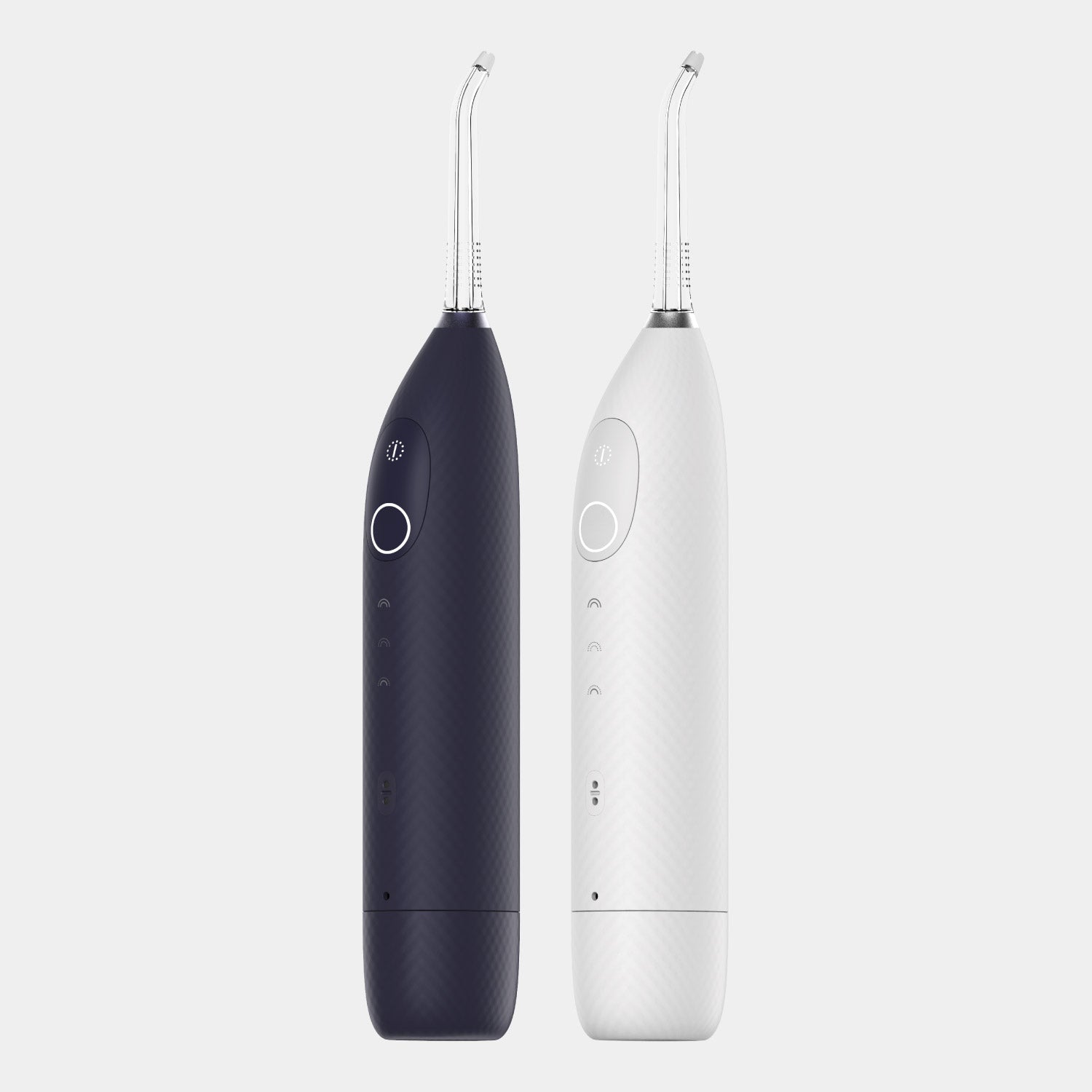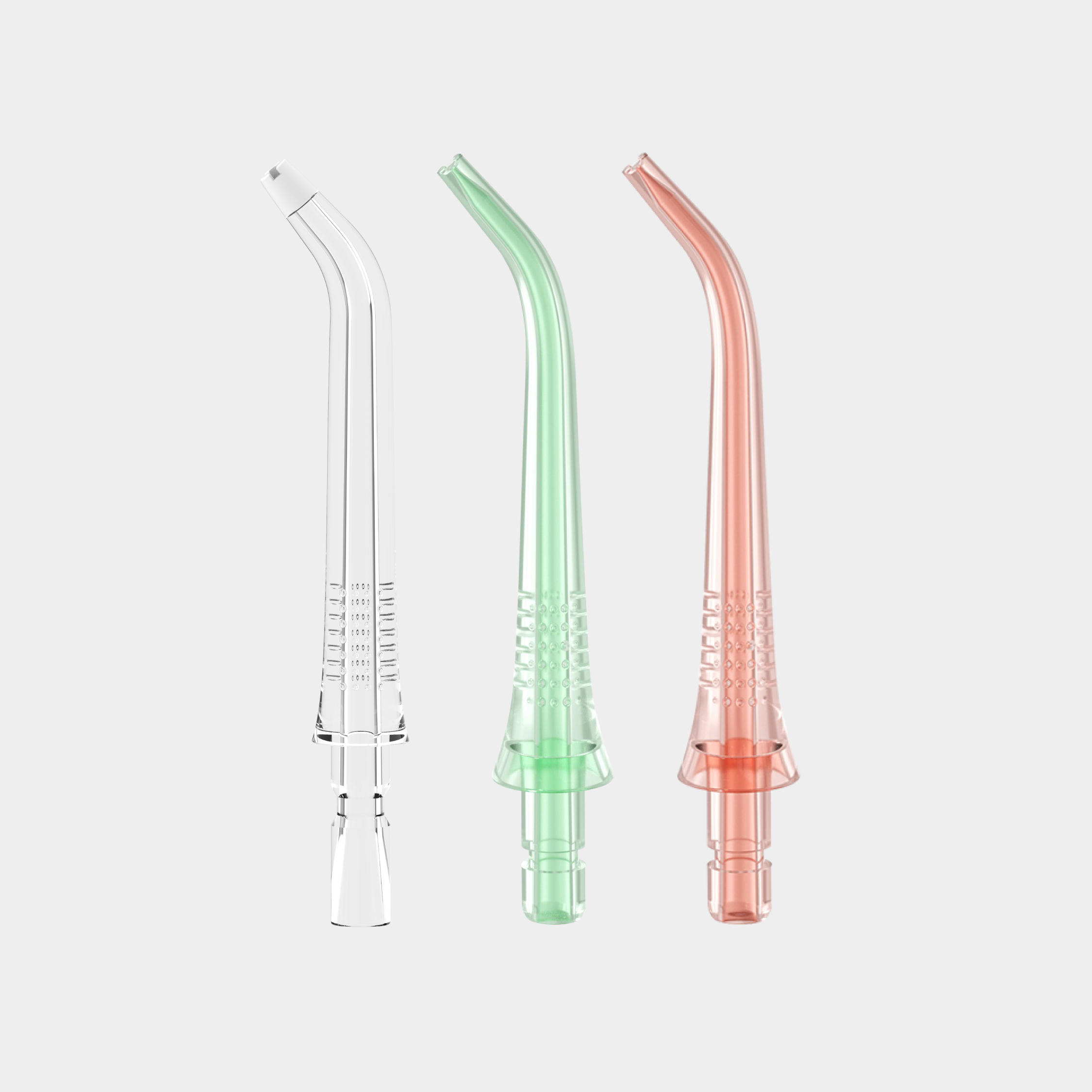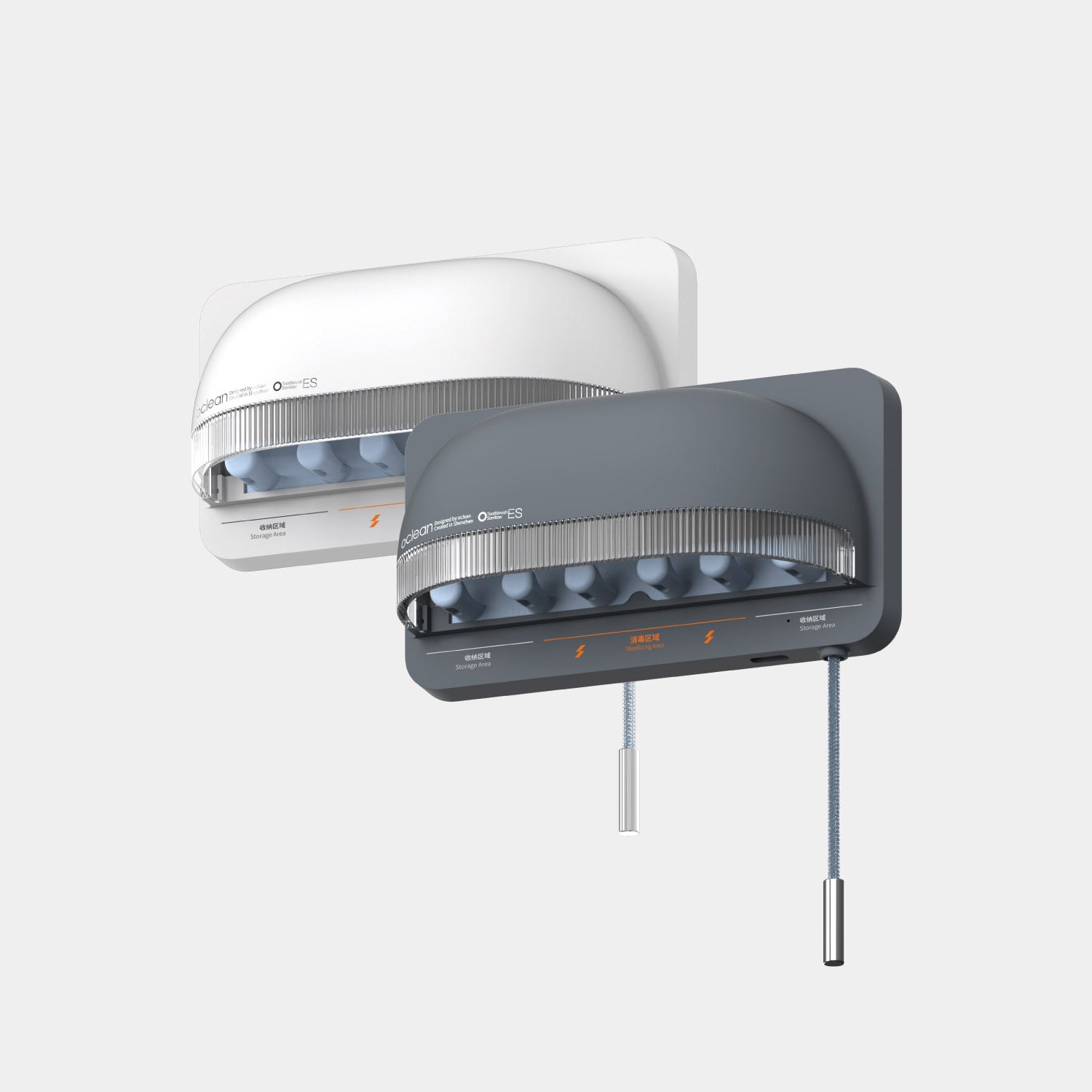Would you want your teeth to get covered with filthy bacteria, despite regular brushing? You would never want that for yourself or your loved one. Right? So, let us guide you the correct way to store a toothbrush – be it manual or electric.
But first, we’ll talk briefly about the common mistakes after using a toothbrush.
5 toothbrush storage mistakes that you make
1. Keeping it in close contact with other toothbrushes:
Most of you would be alien to the fact that toothbrushes should not be placed close to each other. When two toothbrush heads are placed close to each other, an exchange of bacteria occurs. This contributes to the birth of new species of bacteria that grow rapidly.
The prevalence of oral diseases increases when such toothbrushes contact the oral environment.
2. Keeping it near the toilet:
Your typical morning routine would be to sit on the toilet seat, do your thing, push the flush button and walk towards the sink to brush your teeth. In doing so, does anything cross your mind?
The act of flushing creates a cloud of airborne particles, referred to as toilet plume. These particles settle on surfaces throughout the bathroom, including your toothbrush. This fact is also highlighted by the Journal of Advanced Medical and Dental Sciences. Would you want these gross particles to reach your mouth? Certainly not! So, keep reading as we’ll guide you on how to prevent this, in a minute.
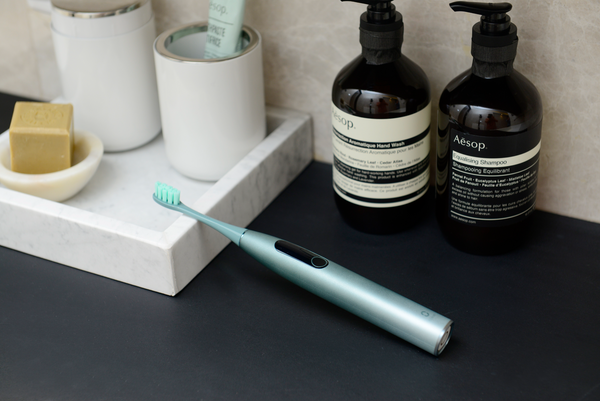
3. Laying it flat:
This is one of the most common mistakes people often make. Instead of placing the toothbrush in a toothbrush holder or a flat mug, it’s placed flat on the sink or shelf. A flat toothbrush won’t dry completely, allowing rapid growth of bacteria on its bristles.
Next time you’ll brush your teeth with the same toothbrush, and the cycle of bacterial growth will be repeated- on the bristles and the tooth. This will contribute to oral diseases like gingivitis etc.
4. Storing it in a closed space:
Storing a toothbrush in a closed space, such as a cupboard, a drawer, or a cabinet, will promote the growth of bacteria. This is because of its moist environment. Research proves that dilute environments are crucial to the survival and growth of bacteria. Thus, if you’re the one doing this, stop immediately.
5. Storing a wet toothbrush:
Another common doing is not drying your toothbrush after usage. This wet toothbrush is more susceptible to the growth of bacteria. The concept is the same as the one discussed earlier, i.e., a moist environment equals more bacteria.
The right way to store your toothbrush
For ease of understanding, we have simplified it into 5 baby steps. By following them, your toothbrush will stay germ-free. This, in turn, will promote a healthy oral environment.
Step1: Rinse your toothbrush
After usage, the first thing to do is to rinse your toothbrush, preferably with hot water. This will wash off all the germs. If you’re an sonic electric toothbrush user, avoid rinsing the button handle.
Step2: Place it upright
For this step, try using a mug or a toothbrush holder, as it keeps the toothbrush upright. Placing it upright promotes drying, thereby preventing bacterial growth.
Conventional plastic or metal toothbrush holders can be used for both manual and electric toothbrushes. However, a modern electric toothbrush holder can only be used for smart toothbrush. One such example is the 2-in-1 electric toothbrush holder of Oclean – it holds the toothbrush and charges it simultaneously.

Step3: Place toothbrush holder 5 feet away from toilet
Earlier, we asked you a question about whether or not you would want airborne toilet particles on your toothbrush. To avoid this, placing your toothbrush holder 5 feet away from the toilet is crucial.
Step4: Cover it while travelling
While travelling, cover your toothbrush with a plastic cap. If you don’t have one, place it in an airtight pouch. Here, two main things should be kept in mind;
- Always dry your toothbrush properly
- Cover it with a cap or place it in an airtight container or pouch for a short period
The rationale behind the above two points is to prevent moisture and bacterial growth.
Step5: Replace every 3 months
The American Dental Association (ADA) recommends toothbrush replacement every 3-4 months. However, the new guidelines of ADA recommend replacement as soon as the bristles are frayed.
Keep your toothbrush hygiene game on top
Going one step further is what matters the most. If you can decontaminate your toothbrush daily, this would be the cherry on top. This can be done in either of the following ways;
- Soak your toothbrush in hydrogen peroxide mixed with water (1:1) for half an hour, followed by rinsing and drying.
- Soak your toothbrush in bleach mixed with water (1:10) for half an hour, followed by rinsing and drying.
- Soak your toothbrush in mouthwash for 5 minutes and rinse it before usage. This is the most convenient and preferred method.
- Washing your toothbrush in a dishwasher. This will, however, reduce the life span of your brush.
Bottom-line
The correct way to store a toothbrush is to rinse and dry it properly. It should be placed 5 feet away from the toilet and protected with a cap or airtight pouch when travelling. Decontaminating your toothbrush would make it totally safe for use (methods to do so have been mentioned in the preceding section). In addition, replace your toothbrush every 3 to 4 months.



